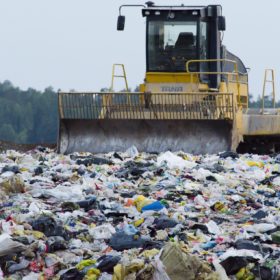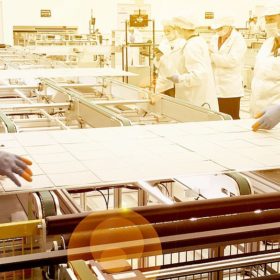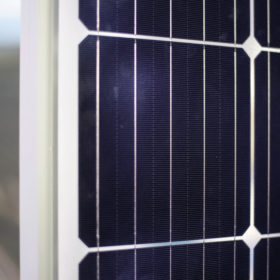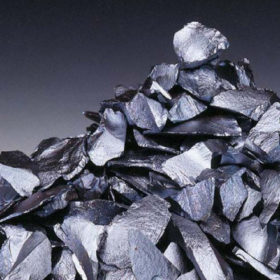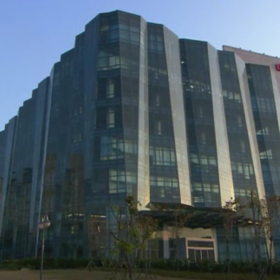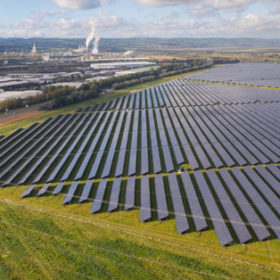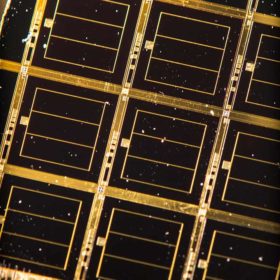EU funds pilot plant for PV module recycling
German company, Geltz Umwelt-Technologie has developed an advanced recycling plant, which it says could recover up to 95% of the materials in a module for reuse. With funding from the EU’s Horizon 2020 project, the company is planning a pilot facility that could recycle up to 50,000 silicon based PV modules per year.
Meyer Burger posts positive earnings for first half of 2018
The solar manufacturing equipment maker has posted an EBIT of US$15 million for the six-month period. It marks a return to profitability for the Swiss company, after major restructuring and cost optimization programs over the past 18 months.
Increased shipments, falling revenues for Canadian Solar in Q2
Module manufacturing giant Canadian Solar shipped 1.7 GW of modules in the second quarter of 2018, a 23.7% increase on the previous quarter, according to the company’s latest update. Net revenue, however, fell more than 50% quarter-on-quarter with the company blaming fewer project sales and lower module prices.
PV Info Link: Mono-cSi cell price drops below multi
According to PV Info Link, the price for monocrystalline cells in China fell below that of the usually cheaper multicrystalline products. However analysts expect it to be a blip, with multi prices expected to fall and mono to be supported by the Top Runner Program, now China’s main source of demand for the rest of 2018.
UNSW scientists surpass 10% efficiency with CZTS PV cell
Researchers at Australia’s University of New South Wales have surpassed 10% efficiency for a cell based on copper zinc tin sulfide – sulfide kesterite. It is the fourth time in two years the group has set a new record for the efficiency of cells based on such materials.
Daqo New Energy maintains production amid falling prices
Chinese polysilicon producer Daqo New Energy says it maintained full production capacity in June, and reiterated its full year production guidance of 22,000-23,000 MT. The company’s Q2 financials show, however, sales volume and profits fell over the previous quarter, thanks to loss of demand in China.
Taiwan’s Neo Solar Power narrows loss ahead of merger
Taiwanese cell producer, Neo Solar Power has posted a net loss of NT$390 million (US$12.75 million) for the second quarter of 2018. Though indicative of the difficult times currently facing Taiwan’s cell manufacturers, the figures represent a 39.3% reduction compared with the previous quarter’s loss.
Foresight Solar Fund completes acquisition of 114 MW UK portfolio
U.K. investor the Foresight Solar Fund today announced the acquisition of a portfolio of operational PV projects, following a placement of new shares in June which raised around £48.1 million.
Taiwan: Schedule agreed for three-way solar merger
A timetable has been set for the merger of three of Taiwan’s largest solar cell manufacturers, according to reports from the state-owned Central News Agency. The companies held separate board meetings last week and confirmed the transaction is set to be completed on October 1.
NREL develops new process to bring ‘Mars Rover’ PV cells down to earth
The U.S. National Renewable Energy Laboratory has developed a process which it says can dramatically reduce the costs of producing ultra-high efficiency cells from gallium arsenide, and other III-V compounds, similar to the solar cells used by NASA in space exploration projects.

